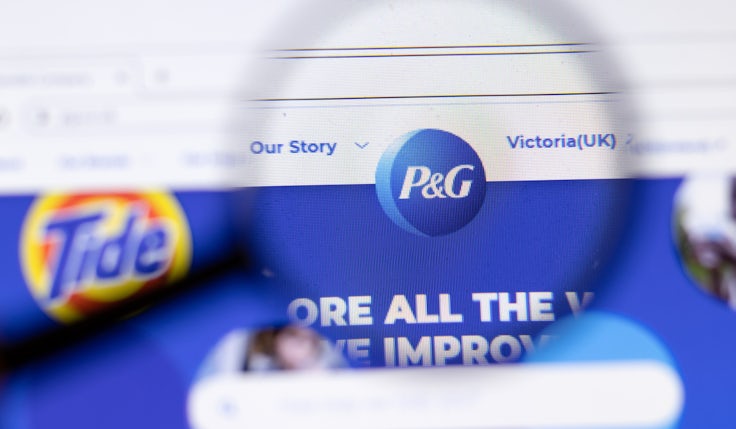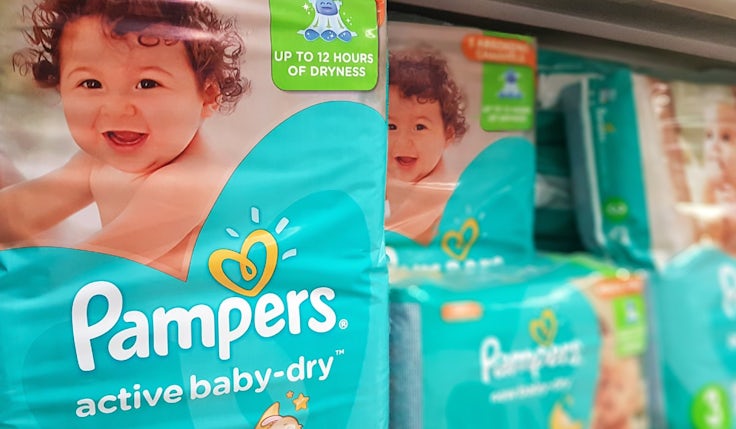P&G: Increasing price remains ‘core’ part of strategy as volumes recover
Consumer goods giant P&G is banking on its ‘product superiority’ to allow it to continue to raise prices as it returns to volume growth.
 Consumer goods giant P&G has indicated it will continue to increase the prices of its products even as it is seeing volume sales recover in many markets, expressing confidence in the “superiority” of its brands.
Consumer goods giant P&G has indicated it will continue to increase the prices of its products even as it is seeing volume sales recover in many markets, expressing confidence in the “superiority” of its brands.
The company, which owns brands such as Head & Shoulders, Pampers and Ariel, saw a return to volume growth in many of its markets in its most recent quarter. While P&G expects expanded volumes to contribute to sales growth in future quarters, chief financial officer Andre Schulten told investors today (18 October) that pricing would remain a “core” part of the business’ growth strategy.
This quarter saw P&G grow sales by 7% compared to the same period last year, reaching $21.9bn (£18.03bn). The slight drop in volumes was offset by the 7% price increases implemented by the business. By the second and third quarter, volumes will be in positive figures, contributing around one to two percent points of sales growth, Schulten predicted.
While he expects overall volumes to return to positive figures, P&G will still be increasing prices to drive further sales growth.
“Pricing has been a core component of our growth for 18 of the last 19 years, so we expect that to continue,” he commented, adding that he expects price to contribute low single-digits sales growth in the next couple of quarters.
The company saw volume increases in geographies such as its European core markets, despite the 7% price increases it made in the quarter. The company claimed this is testament to the “superiority” of its brands.
An ethnography of pricing: How and why marketers should put up prices
Last year, the company outlined its strategy to “close couple” price increases with innovation.
“We have gained even more confidence over the past two years that our strategy of pricing with innovation to drive superiority and create value for the consumer is working,” Schulten asserted today.
The company’s innovation strategy also allows it to avoid reliance on promotion, it claimed.
“We don’t see significant need to drive price promotion,” he said.
When the business does participate in price promotion it will be to drive trial, or to help drive what Schulten termed “regimen”: consumers forming habits based around the products, for example, adding a haircare product to their routine. This way of using promotion is valuable in driving incremental consumption for the company.
However, often P&G’s innovation will be enough to drive instore support, Schulten claimed, stating that the company tries to use the “product in itself” to drive traffic rather than utilise price promotions.
‘No correlation’ between funds and level of investment
Schulten has previously outlined P&G’s “100% ROI-driven” approach to its level of marketing spend.
This quarter saw it step up marketing spend, which resulted in increased selling, general and administrative costs to the business. It did not specify by how much marketing spend was increased.
Schulten was clear that whether this level of increased spend was maintained would depend, not on the gross margin generated by the business but by the results the business sees.
“There’s no direct correlation between the availability of funds and investment levels,” he stated. “If we continue to see strong response to the marketing spend increases that we delivered in quarter one. I think there’s a strong incentive for us to continue that level of investment.”








Comments